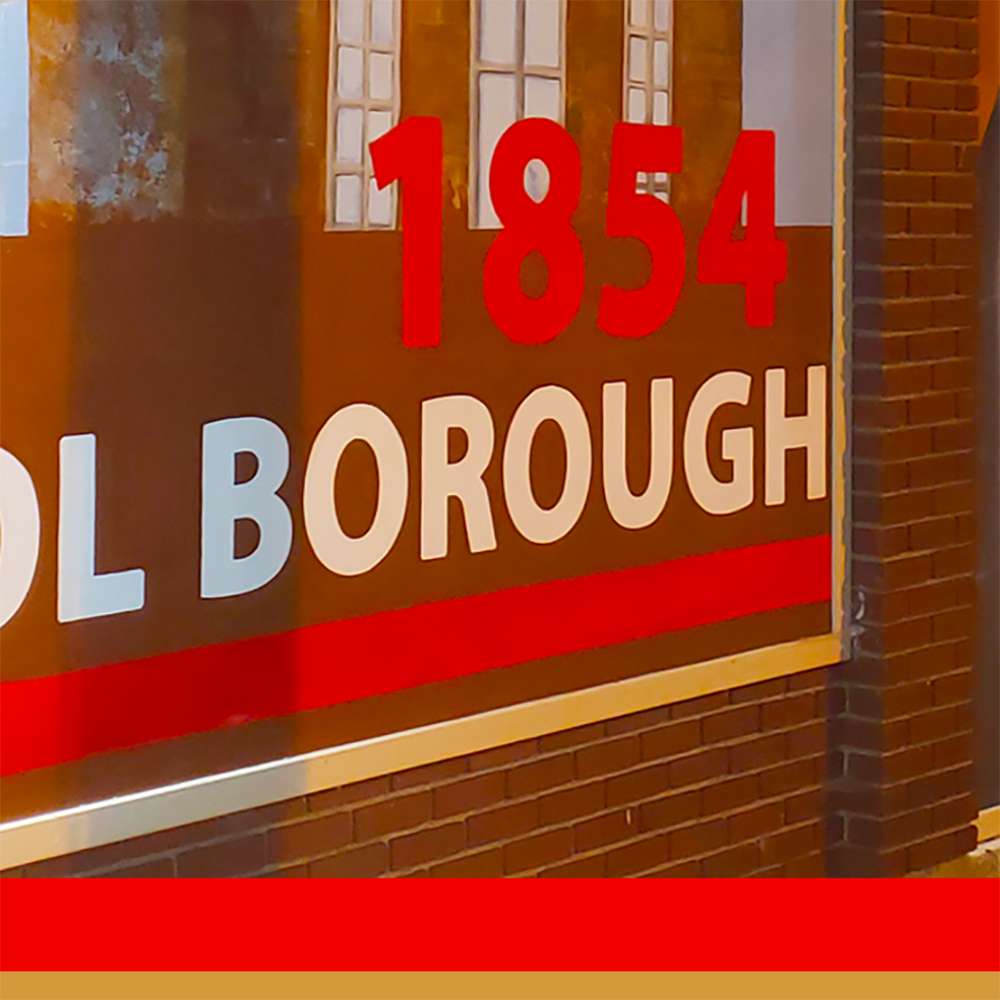Estimated reading time: 4 minutes
Table of contents
Murals, those grand-scale paintings that adorn public spaces, are more than just aesthetically pleasing; they are powerful expressions of a community’s soul. These vibrant artworks serve as visual narratives that reflect the values, history, and aspirations of a community. They are not merely decorations but cultural cornerstones that shape the identity and character of a town or organization.
A mural can be a powerful tool for preserving and celebrating cultural heritage. By depicting historical figures, events, or traditions, artists can immortalize the collective memory of a community. For example, the Croydon Woods mural in Croydon PA pays homage to the area’s rich history, teeming with life, featuring local landmarks and prominent local nature. It also refers to organizations that support these efforts like Heritage Conservancy. Such artworks serve as a bridge between generations, connecting the past with the present.
Conversely, murals can also be a platform for challenging and reimagining cultural narratives. They can address issues of social justice, inequality, and discrimination. These artworks become catalysts for dialogue and reflection, sparking important conversations within the community.
Murals as Catalysts for Change
Beyond preserving heritage and addressing social issues, murals can be powerful tools for community development. By beautifying public spaces, they can revitalize neighborhoods and create a sense of pride among residents. The Pennswood Village Paris mural in Newtown PA, for instance, transformed a once-uninspiring wall into a vibrant tapestry of Parisian life, attracting visitors and enhancing the overall ambiance of the community.
Furthermore, murals can serve as economic drivers. They can attract tourists, or community members who come to experience the unique cultural atmosphere created by the artwork. This, in turn, can benefit local businesses and contribute to the overall economic vitality of the area.
The Collaborative Process: Creating Murals with Impact
Developing a successful mural involves a collaborative process between artists, community members, and local organizations. Artists must be sensitive to the community’s values and aspirations, while also bringing their unique artistic vision to the project. Community engagement is crucial to ensure that the mural resonates with residents and becomes a true reflection of their identity.
By involving the community in the design process, artists can create murals that are not only visually stunning but also meaningful. Workshops, surveys, and public meetings can be used to gather input and ideas. This collaborative approach fosters a sense of ownership and pride among community members.
Murals as Tools for Storytelling
Murals have the power to tell compelling stories. They can depict historical events, celebrate local heroes, or showcase the diversity of a community. Through carefully selected imagery and symbols, artists can create visual narratives that resonate with the audience.
For example, a mural depicting a bustling European marketplace, complete with vibrant colors, charming architecture, and lively characters, could transport viewers to the heart of a foreign city. This type of mural can evoke a sense of wanderlust and inspire travel dreams.
In conclusion, murals are more than just decorative elements; they are dynamic expressions of a community’s soul. By serving as repositories of history, platforms for social commentary, and catalysts for community development, murals play a vital role in shaping and reflecting cultural identity. Through collaboration, creativity, and a deep understanding of the community, artists can create murals that leave a lasting legacy.
Related Links
Looking to Bring the Magic of Storytelling to Your Own Space?
- Turn your vision into reality!
- Let’s discuss how a collaborative mural project can inspire your community.
- Discover the benefits of a mural creation and contact me today for a free consultation!


